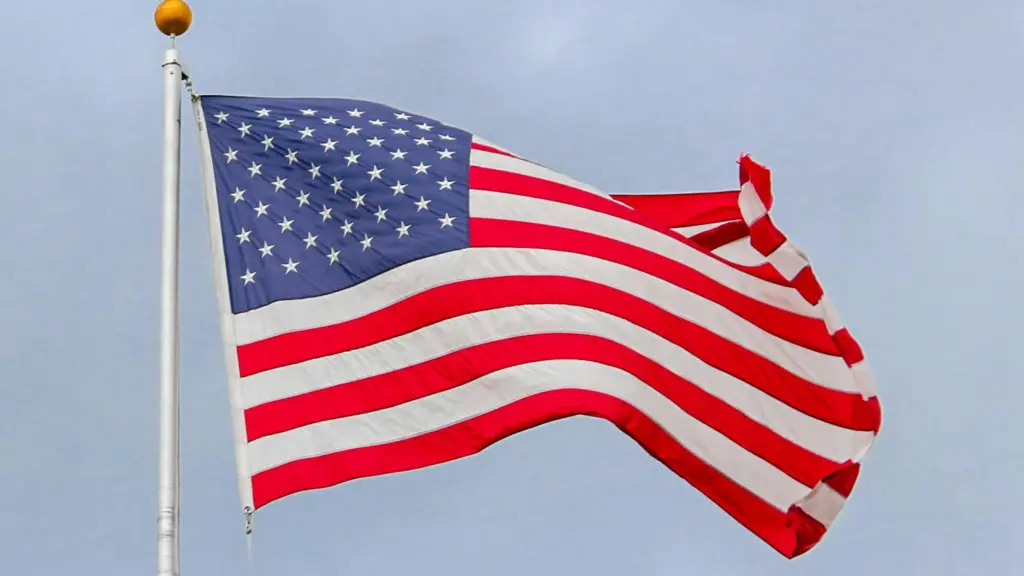PHILADELPHIA, PA – Today, June 14, marks the annual observance of Flag Day, a day dedicated to honoring the adoption of the national flag of the United States. On this day in 1777, the Continental Congress approved the design of the flag that would become the symbol of freedom and unity for the fledgling nation.
According to the Library of Congress, Flag Day has been celebrated in various ways across the country since 1916, when President Woodrow Wilson issued a proclamation declaring June 14 as the official date to commemorate the flag’s adoption. Prior to that, many localities and a few states had been observing the day for years. In 1949, President Harry Truman signed legislation designating June 14 as National Flag Day, and since then, each year, the president issues a proclamation honoring the flag’s history and significance.
Flag Day holds deep meaning for Americans, reminding the nation of the rich history and symbolism behind the Stars and Stripes. The flag’s design has undergone several changes since its inception, reflecting the growth and expansion of the United States.
A Legacy of the Flag’s Design
According to legend, the famous Philadelphia seamstress Betsy Ross was commissioned by George Washington in 1776 to create a flag for the newly formed nation. However, scholars generally credit Francis Hopkinson, a signer of the Declaration of Independence, with designing the flag. Hopkinson, who also designed the Great Seal and the first coin of the United States, is considered the flag’s true designer.
While the tale of Betsy Ross remains an important part of American folklore, historians believe she may have indeed met Washington and sewed early versions of the American flag in her family’s upholstery shop in Philadelphia.
Since its adoption, the flag has evolved over time. To date, there have been twenty-seven official versions of the flag, each corresponding with the admission of new states into the Union. However, the arrangement of the stars varied greatly until 1912, when President William Howard Taft standardized the star configuration. Prior to that, flag makers had considerable freedom in arranging the stars on the flag.
The forty-eight-star flag, which was in use from 1912 to 1959, set the template of arranging the stars in six rows of eight. After Hawaii became the fiftieth state on August 21, 1959, the flag was updated, and the current design was finalized on July 4, 1960. The fifty-star flag, which we know today, remains the official flag of the United States.
Ways Americans Celebrate Flag Day
Across the nation, Flag Day is commemorated with a variety of patriotic activities, from flag displays at homes to parades, ceremonies, and other community observances. Americans are encouraged to show their pride by displaying the flag at their homes or places of business.
For many, the day serves as a reminder of the values and ideals the flag represents—freedom, democracy, and unity—and an opportunity to reflect on the history of the nation and its ongoing journey.
As Americans proudly raise their flags today, they celebrate not just the enduring symbol of the United States, but also the spirit of those who fought for its creation and continued preservation. Whether through small acts of personal reverence or large public displays, Flag Day remains an important part of the American cultural calendar.
